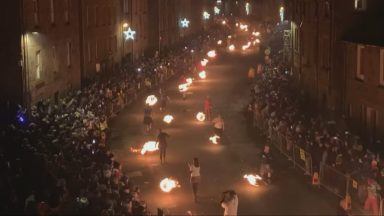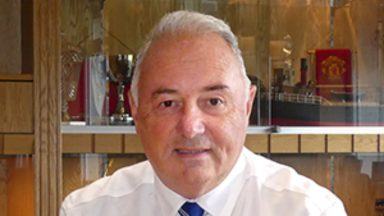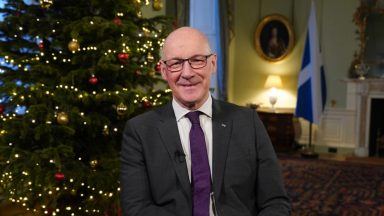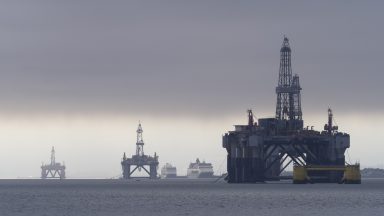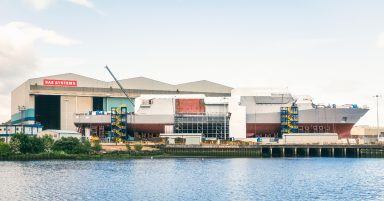It’s hard to look back over the decade that’s passed in UK politics since the independence referendum without your head spinning.
So much has changed, so rapidly and unexpectedly, that looking back can give you vertigo.
In September 2014, the only country at risk of leaving the European Union was Greece. Boris Johnson was a popular, buffoonish Mayor of London. Jeremy Corbyn was a rebellious Labour backbencher few had ever heard of.
At Westminster, Labour was unchallenged as the voice of Scotland. The SNP group were an afterthought, and the joke about there being more pandas at Edinburgh Zoo than Scottish Tory MPs was still fresh. Nicola Sturgeon was still in the shadow of her ally and mentor, Alex Salmond.
In the years that followed, one-by-one the old certainties of British politics began to tumble. There’s a case to be made that IndyRef was the first domino to fall. In fact, you could say it all began on the morning the result was announced.
Standing outside 10 Downing Street, Prime Minister David Cameron pledged that the promise of greater powers for the Scottish Parliament – set out ambiguously in “The Vow” on the front page of the Daily Record two days before the vote – would be delivered. The cross-party Smith Commission would consider how to give Holyrood more control of tax and welfare.
You could write a university thesis on the Smith Commission – no doubt several already exist – but in just a paragraph, it’s fair to say the constitutional reforms that followed the 2014 referendum satisfied few, if any, on either side of the independence debate. The trade-offs and complexity that continue to define the UK constitution, and Scotland’s place in it, weren’t fully engaged with or resolved. And in that space, narratives of grievance and betrayal have mushroomed.
Back to that indyref morning after the night before, and the messenger was just as important as the message. David Cameron believed he had saved the UK; in the weeks that followed, he would bask in his own glow, joking that the Queen had “purred down the line” when he told her the result – before having to apologise.
Cameron was at the height of his political powers, but the lesson he took from 2014 was that if he gambled with the future of the country, he would win. That overconfidence, particularly in the “Project Fear” style of economic messaging driven by the Treasury that had been a feature of the No campaign, would cost him when he gambled again, on the UK’s place in the EU.
So many political careers were casualties of the EU referendum, directly or indirectly – Cameron and George Osborne, of course, and Theresa May, who was left to pick up the mess. But also Ruth Davidson, whose project to rehabilitate the Tories in Scotland came so far, only to be undone by the rise of Boris Johnson. It even played a part in the downfall of Nicola Sturgeon, pushing her to call for a second independence referendum before the country was ready, and before she knew how it could be delivered.
On the morning of September 19, 2014, the mood of the SNP was summed up by a picture of Alex Salmond in defeat, slumped forward in the back of a car, being whisked to an airport in darkness to deliver his resignation statement at Bute House after dawn.
But in the weeks that followed, it was clear something had changed. The Yes campaign had energised a base of support that, in many cases, hadn’t engaged with politics before. So when Sturgeon was passed the microphone, she was speaking to a whole new audience – one that, before the year was out, was filling the Hydro in Glasgow and giving her a rockstar reception.
Ten years on, in an age when so many politicians have their own podcasts, TV programmes and Fringe shows, it still feels like Sturgeon was breaking new ground. But those days must feel like a distant memory to those left in the SNP, trying to rebuild the party.
For Labour, the mood couldn’t have been more different. When Johann Lamont resigned as Scottish Labour leader a month after the referendum, she condemned her own party as a “branch office” of UK Labour. Her comments left a legacy that her successors are still trying to escape.
As the 2015 general election approached, Cameron swept away talk of four-nation unity and unveiled a campaign advert depicting Ed Miliband in the pocket of Alex Salmond, now an SNP candidate for Westminster. It was ruthless, and it worked – for the Tories and the SNP.
The arrival of 56 SNP MPs shook up Westminster, but it also posed a challenge to the SNP: What were nationalist MPs for, and what could they achieve? It’s a question a few of them struggled to answer. Some individuals were effective campaigners on welfare, immigration, Brexit and other issues. But given the opportunity earlier this year to help elect a Labour government, Scottish voters made their choice.
And as for Salmond and Sturgeon – well, that’s a whole other story. The cracks in their relationship first emerged when he was elected as an MP, giving him a new platform when his successor just wished he’d get off the stage.
The ups and downs of covering Scottish politics from Westminster in the wake of the 2014 referendum has been a dizzying experience, but in some ways, the years since have been clarifying.
The pandemic revealed to the whole UK just how much of the machinery of government is under devolved control. At times, it felt like that came as the greatest surprise to the people working for the UK Government, in Whitehall. For years, it felt like the centre of power had little or nothing to say to Scotland; a new Labour government with plenty of MPs and ministers north of the border is beginning to change that.
And of course, thanks to rulings from the Supreme Court, we also now know that the Scottish Parliament doesn’t have the power to stage a referendum on independence, nor to legislate in contentious areas that cross over into reserved matters. Despite its considerable economic power, the Scottish Government still finds itself scrambling to respond to spending decisions at Westminster.
One thing has remained relatively constant since 2014: support for independence is still high, in historic terms, hovering more or less where it was on the morning after the referendum. Until that changes, it’s hard to say where this story goes next – or where it ends.
Follow STV News on WhatsApp
Scan the QR code on your mobile device for all the latest news from around the country


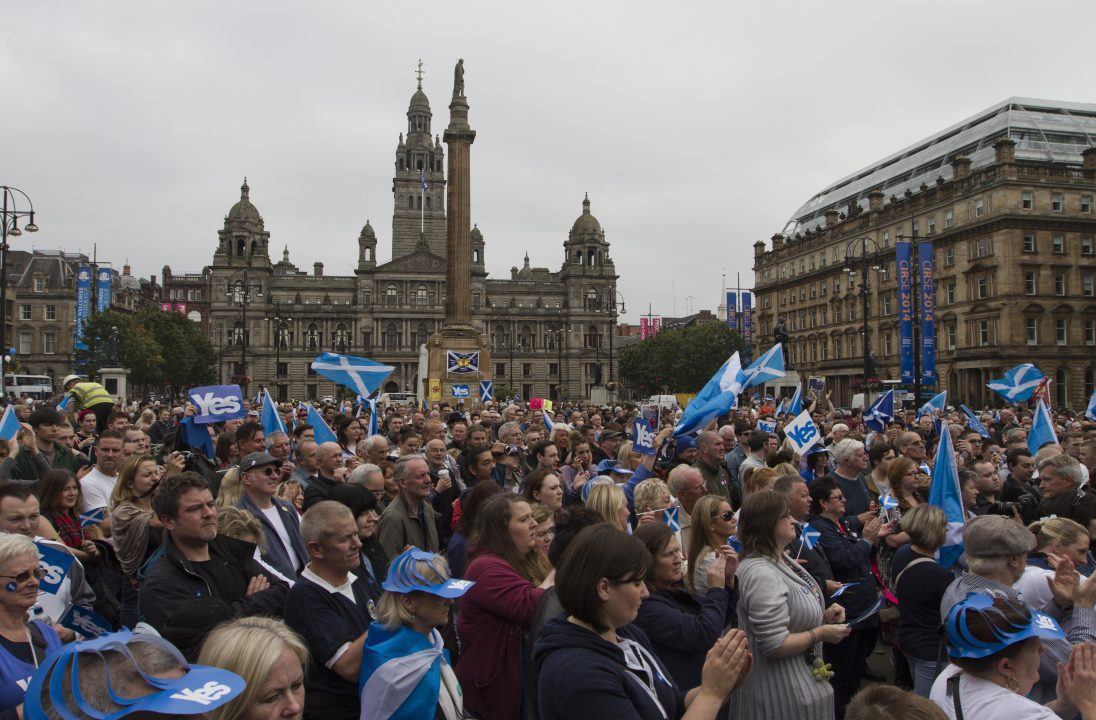 Colin McPherson / Contributor via Getty Images
Colin McPherson / Contributor via Getty Images




